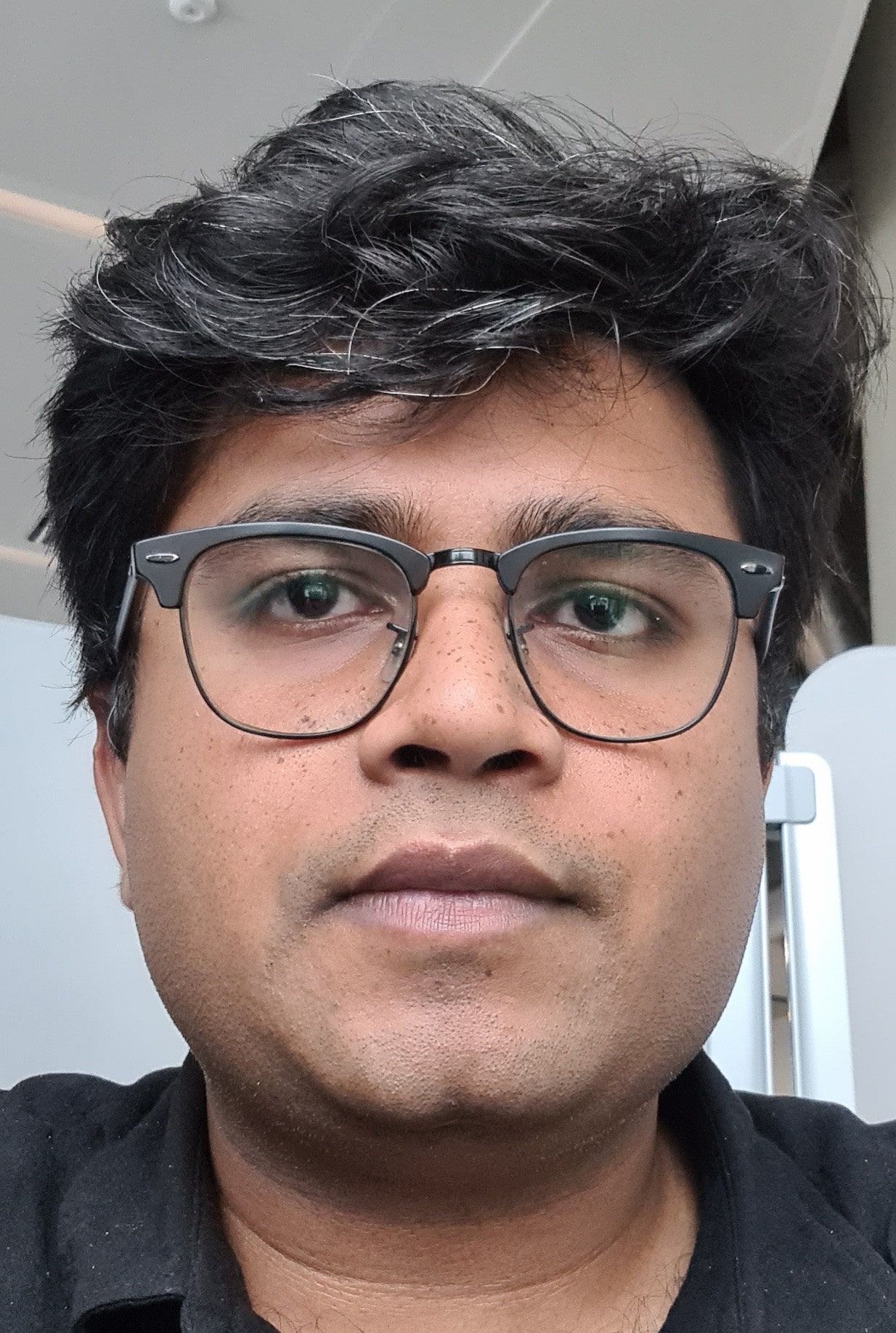Breaking the limitations of photovoltaics and photodetection using nanowires
Nanowires have become an efficient alternative to their planar counterparts, especially for optoelectronics applications. In the first half of this talk, I will discuss radial junction III-V semiconductor devices and show how our study conclusively showed the absolute superiority of radial junction nanowire devices over their thin film or axial junction counterparts for photovoltaics and photodetection applications, especially when the absorber lifetime is extremely low. In the second half of this talk, I will discuss single-photon detectors based on superconducting nanowires for relatively challenging mid-IR single-photon detection. Finally, I will conclude the talk with my future research directions in single photon detection and photovoltaics.
Date and Time
Location
Hosts
Registration
- Date: 16 May 2023
- Time: 09:30 AM UTC to 11:00 AM UTC
-
 Add Event to Calendar
Add Event to Calendar
- Committee room
- IIT BHU Varanasi
- Varanasi, Uttar Pradesh
- India 221005
- Building: Department of electronics Engineering
Speakers
 vidur raj of University of Glasgow
vidur raj of University of Glasgow
Breaking the limitations of photovoltaics and photodetection using nanowires
Nanowires have become an efficient alternative to their planar counterparts, especially for optoelectronics applications. In the first half of this talk, I will discuss radial junction III-V semiconductor devices and show how our study conclusively showed the absolute superiority of radial junction nanowire devices over their thin film or axial junction counterparts for photovoltaics and photodetection applications, especially when the absorber lifetime is extremely low. In the second half of this talk, I will discuss single-photon detectors based on superconducting nanowires for relatively challenging mid-IR single-photon detection. Finally, I will conclude the talk with my future research directions in single photon detection and photovoltaics.
Biography:
Vidur completed his Ph.D., followed by a 2-year postdoc at the Australian National University in the group of Prof. Chennupati Jagadish. His Ph.D. work is the first detailed investigation of the fabrication of high efficiency solar cells using low-lifetime III-V absorber layers. The highlight of his Ph.D. work was more than 17% efficient solar cells using an InP absorber of a lifetime of less than 100 ps, which is still a world record. During his postdoc at ANU, he reported the world’s first self- powered single photon detector and the world’s highest filling ratio nanowire array to grow a highly interconnected neural network. He is currently a postdoctoral research associate working on “Superconducting nanowire single photon detectors” at the University of Glasgow. Vidur has published over 20 research articles in top journals, 18 of which are the lead author. He has also published several co-author publications and presented at conferences and seminars worldwide. He has also served as an invited reviewer for about 20 journals and given invited talks at reputed
universities and conferences. Vidur’s research interests range from nanoscale III-V optoelectronics to
neuroscience and superconducting devices for quantum computing and communications.
Email:
Address:University of Glasgow, , Glasgow, United Kingdom
Agenda
Media
| Report | 1.28 MiB |
